Ayurveda and cardiovascular diseases
What do my lab values mean? Part 12
It is often difficult to understand which lab values mean what. We give you an overview in the series "What do my laboratory values mean?
Ayurveda and cardiovascular diseases
In our last article we reported on the advanced laboratory diagnostics of cardiovascular diseases. In addition to the parameters of blood pressure and blood lipids measured in the statutory preventive medical check-up , there are a number of other laboratory values that show a cardiovascular risk in a differentiated way. Read now about prevention and therapy with Maharishi Ayurveda.
The heart in Ayurvedic texts
In the classical texts, the heart is described as the central organ for life energy and emotions. It is considered the headquarters of Ojas. Ojas is the substance that holds "body and soul" together, is responsible for good immunity and lasting happiness in life. In this sense, the heart is the seat of "emotional intelligence". Those who "suffer from the heart" lose vitality, courage and resistance to all kinds of diseases, and are impaired in their decisiveness. As the body's organ of rhythm, the heart is also seen as an important factor influencing our biorhythms. All therapies that increase ojas automatically improve physical and emotional vitality. These include, above all, the expelling therapies from Pancha Karma, which are also used in our webinars , regulating measures such as Marma therapy and treatment with medicinal herbs.
Elimination therapy / Pancha Karma
In a pilot study for our webinar "Happily Slim" we were able to show that significant risk factors for cardiovascular diseases were significantly improved.
Inpatient Pancha Karma cures also have more intensive effects on well-being and risk factors according to the additional intensity of the applications. Within the Pancha Karma therapy there is a beneficial application for the heart called "Hrid basti". Here, a dough ring of about 15 cm in diameter, which is placed over the heart, is filled with beneficial oils. This has relaxing effects on the autonomic nervous system, which controls the heart, via reflex zones. Shirodhara, the famous Ayurvedic forehead watering, also has a calming and clearing effect on the heart and circulation.
Medicinal plants
In the classical texts, many medicinal plants with beneficial effects on the heart are described. From these we would like to briefly describe three.
Terminalia Arjuna
The bark of this tree is used to prepare herbal extracts. Studies have shown that Arjuna improves the patency of the coronary vessels. Arjuna is particularly beneficial for the mind and determination. In Maharishi AyurVeda, Arjuna is used in the preparations MA1402 Emotional Balance and MA1816 .
Myrrh (Balsamodendron mukul / Guggul)
Myrrh is said to have blood purifying properties. It has an anti-inflammatory effect, which reduces silent inflammation . By stimulating the metabolism, it lowers the unfavourable level of cholesterol. In higher doses, myrrh, like low-dose aspirin, has an inhibitory effect on the clumping of blood platelets. This can prevent thromboses. Myrrh is contained in the Maharishi Ayurveda preparations MA344, MA1596 and MA1816 .
Winter Cherry (Withania Somnifera / Ashwagandha)
Nervous tension leads to strain on the heart and circulation in the long run. Nowadays, many people experience everyday life as chronic stress, which they are unable to compensate for adequately. Chronic anxiety disorders, burn out and depressive illnesses are more common than ever before. Ashwagandha has a regulating and protective effect on the nervous system. The Indo-American neurologist and book author Dr. Kulreet Chaudhary describes the root of the winter cherry as an ideal neuro-adaptive, i.e. as a remedy that improves the adaptability and responsiveness of the nervous system, in her book "Wie neu geboren durch modernes Ayurveda ". Ashwagandha is available as a single biological remedy in capsules and is contained in the Maharishi Ayurveda preparations MA686 and MA1402 .
Maharishi Amrit Kalash
This elaborate herbal preparation restores the integrity of mind, body and environment. The use of Amrit Kalash to protect the cardiovascular system is especially recommended following purification cures or operations. More information on this topic can be found here hier
Maharishi Marma Therapy
Of the three most important reflex zones of the body, the so-called Mahamarmas, one is assigned to the heart. It is called Hridaya Marma. In Maharishi Marma Therapy, which was developed by Dr Ernst Schrott from Regensburg and made famous worldwide, the Marmas are treated exclusively with gentle touch and essential oils. These applications are highly recommended for emotional disorders subjectively perceived in the area of the heart as well as for organic diseases of the cardiovascular system. Through the gentle stimulation of the Marmas, which connect body and soul, a profound order and reorganisation of the finest energies of the mind-body system is achieved, an unexpectedly fast and effective way to health and well-being. This application is also possible as a self-treatment. Instructions and information can be found in the book "Marma Therapy" by Dr. Schrott. In our Pancha Karma Department the gentle and effective Marma therapies are carried out by highly trained staff.
Summary
Modern laboratory diagnostics provide very differentiated insights into possible risk factors for diseases of the cardiovascular system. Subjective disorders and clinical diseases of this system are often chronic and can be treated very well by regulative therapies from Maharishi AyurVeda. Drainage therapies are just as important and effective as phytotherapy, nutrition and lifestyle measures.
Read the recommendations from orthomolecular medicine in the next article.

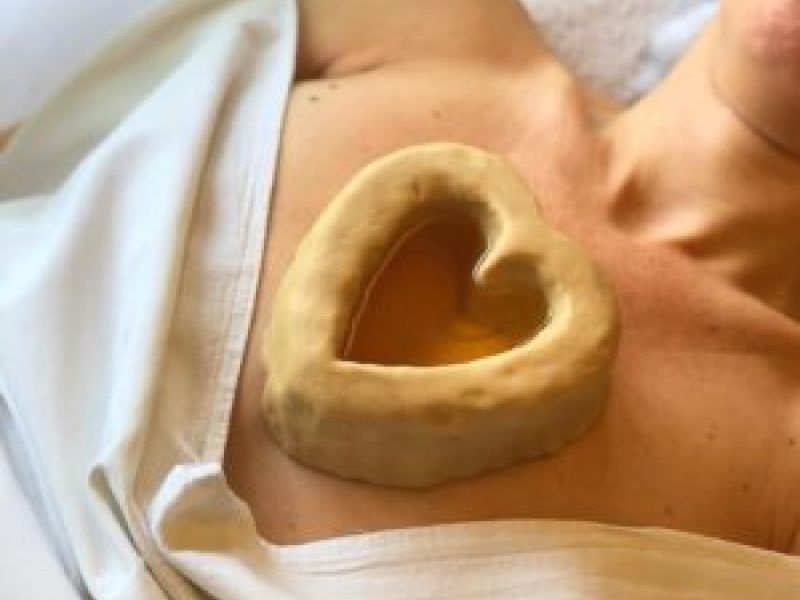
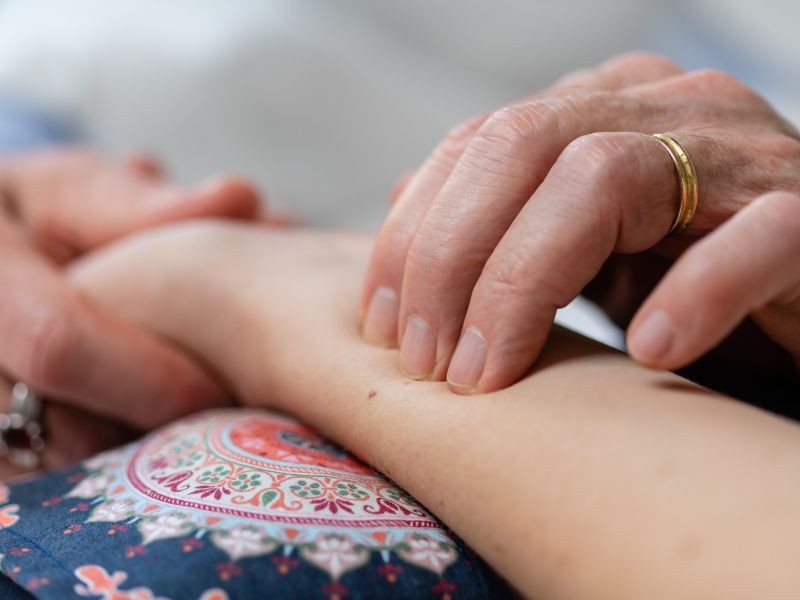
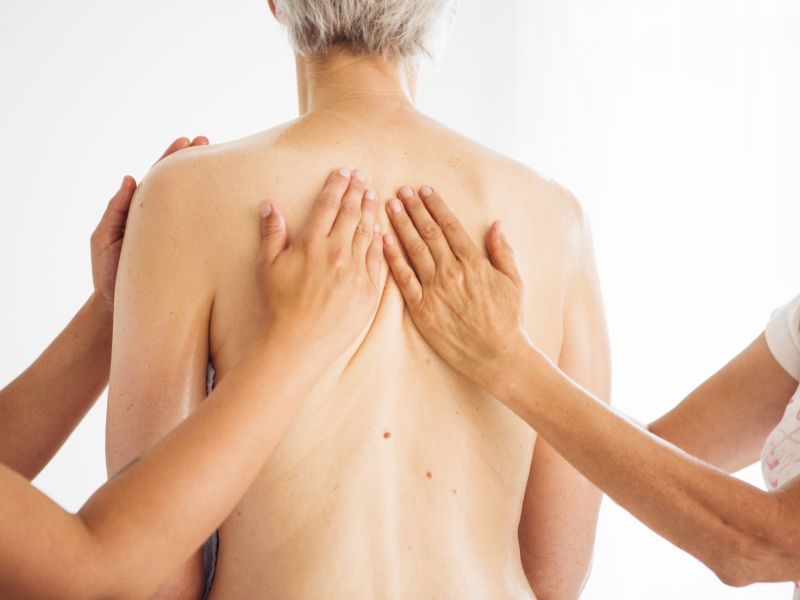
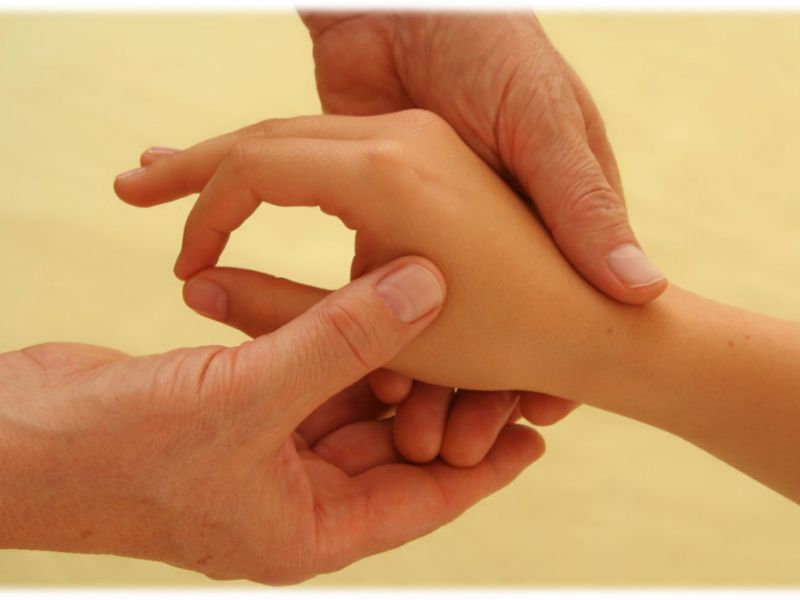
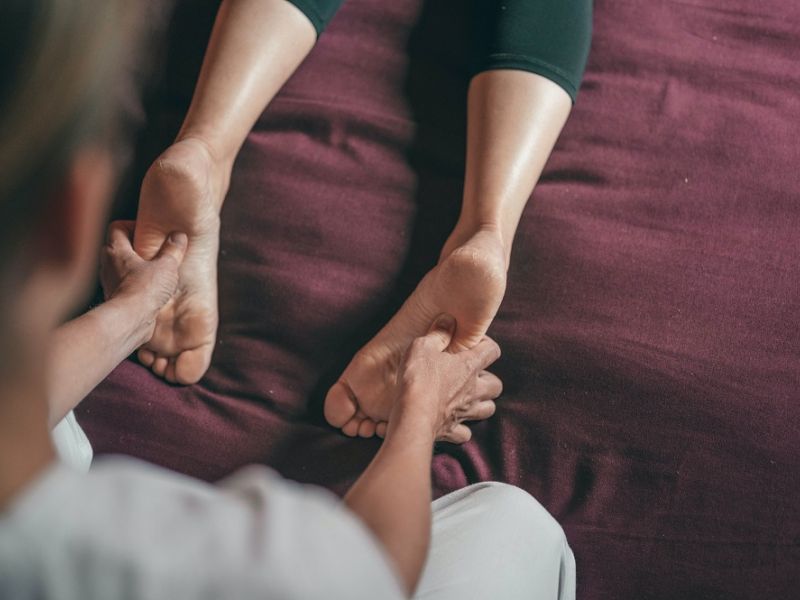
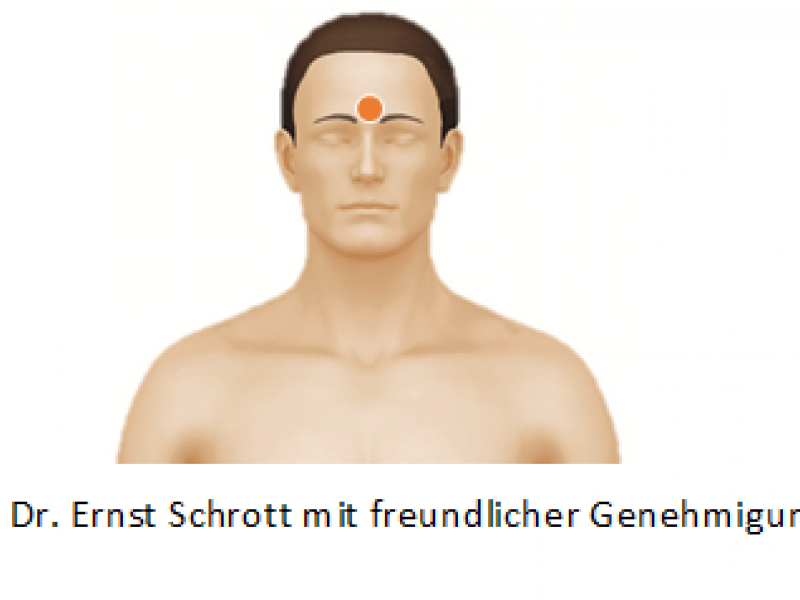
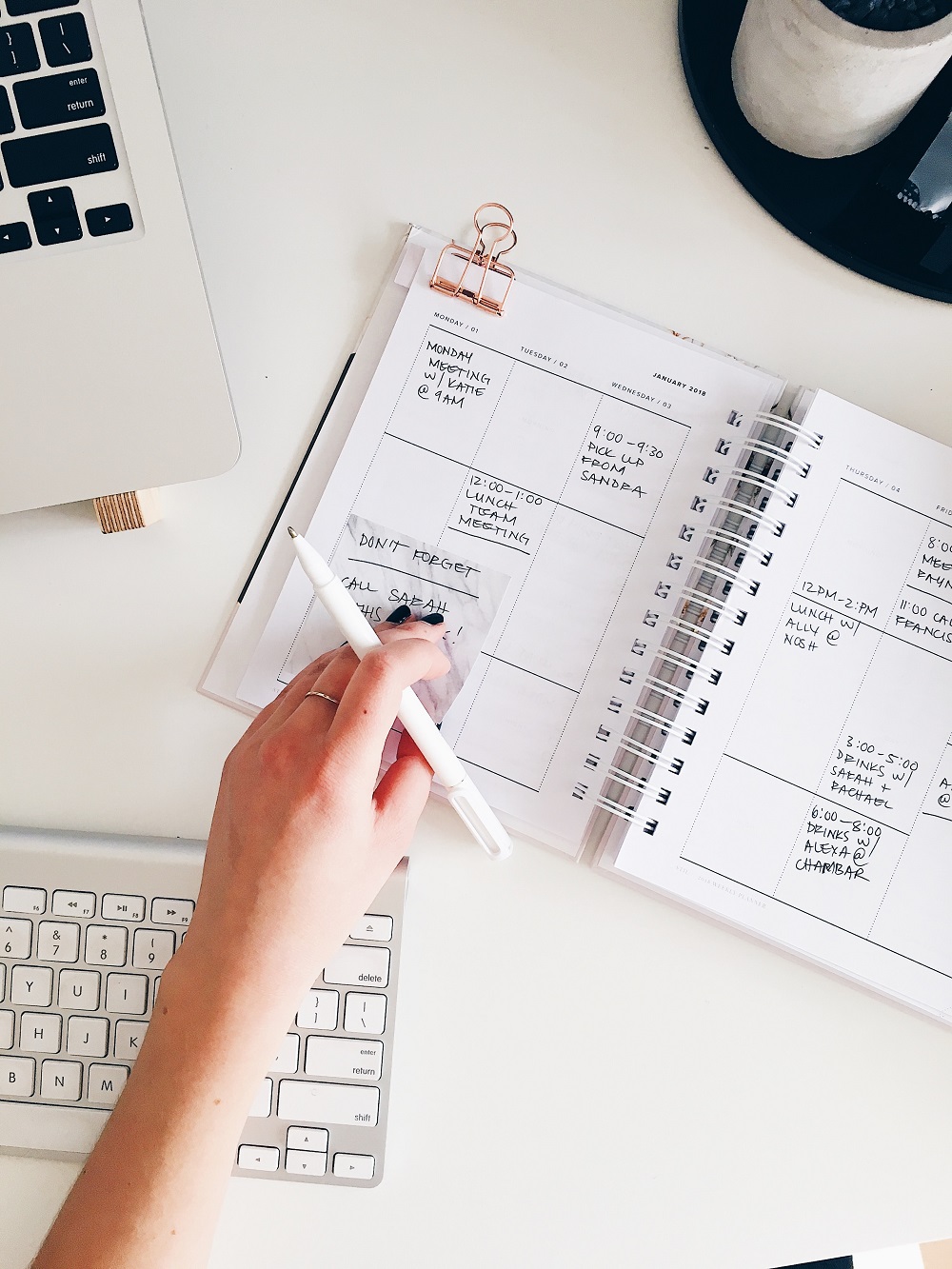
We look forward to your feedback!